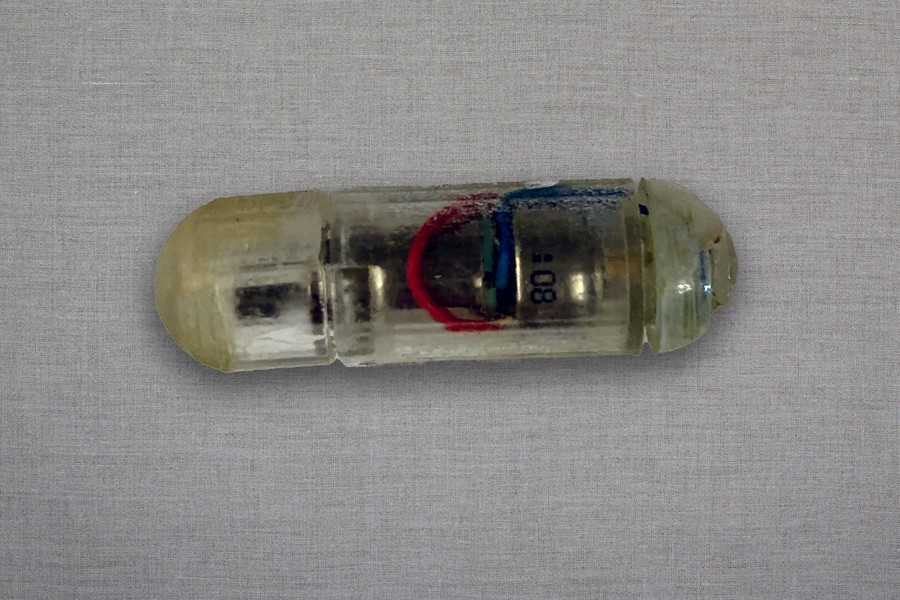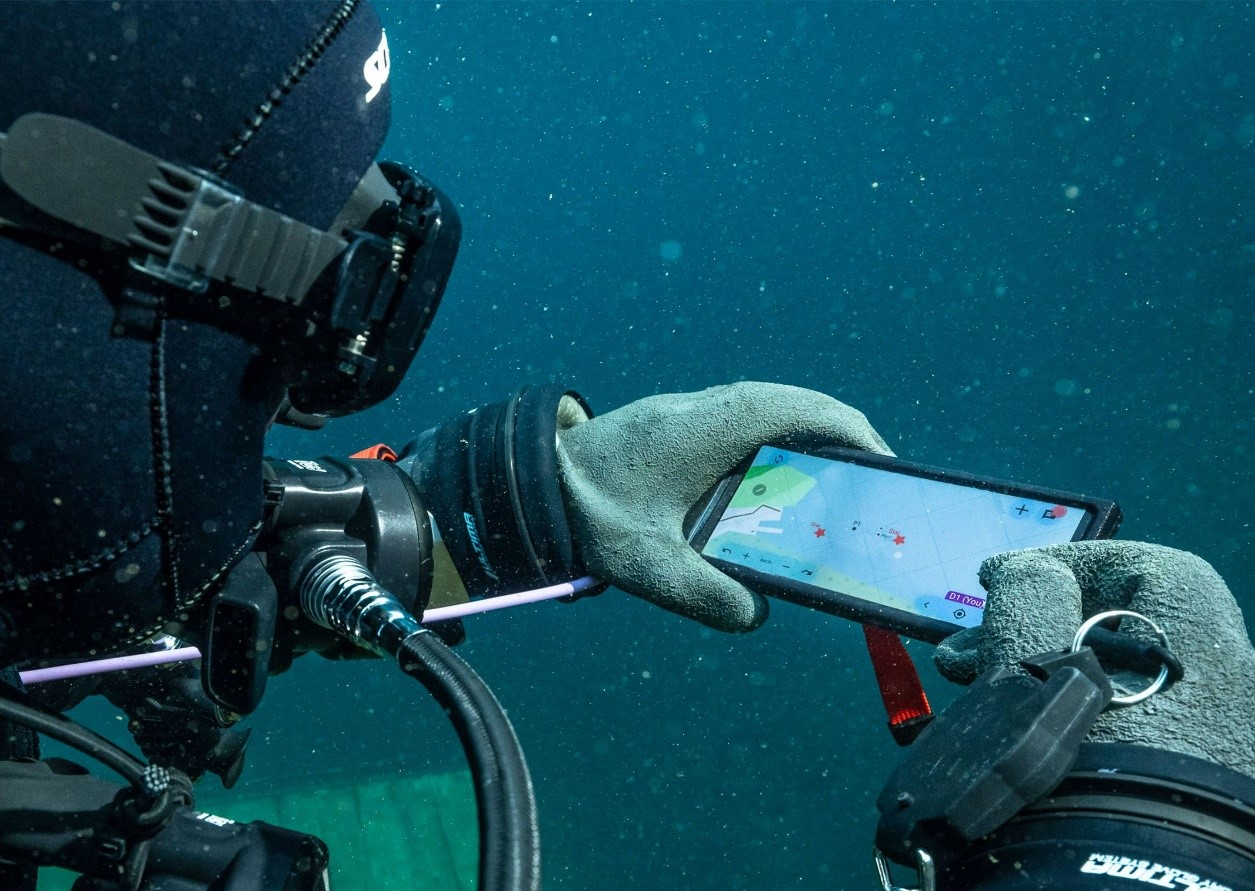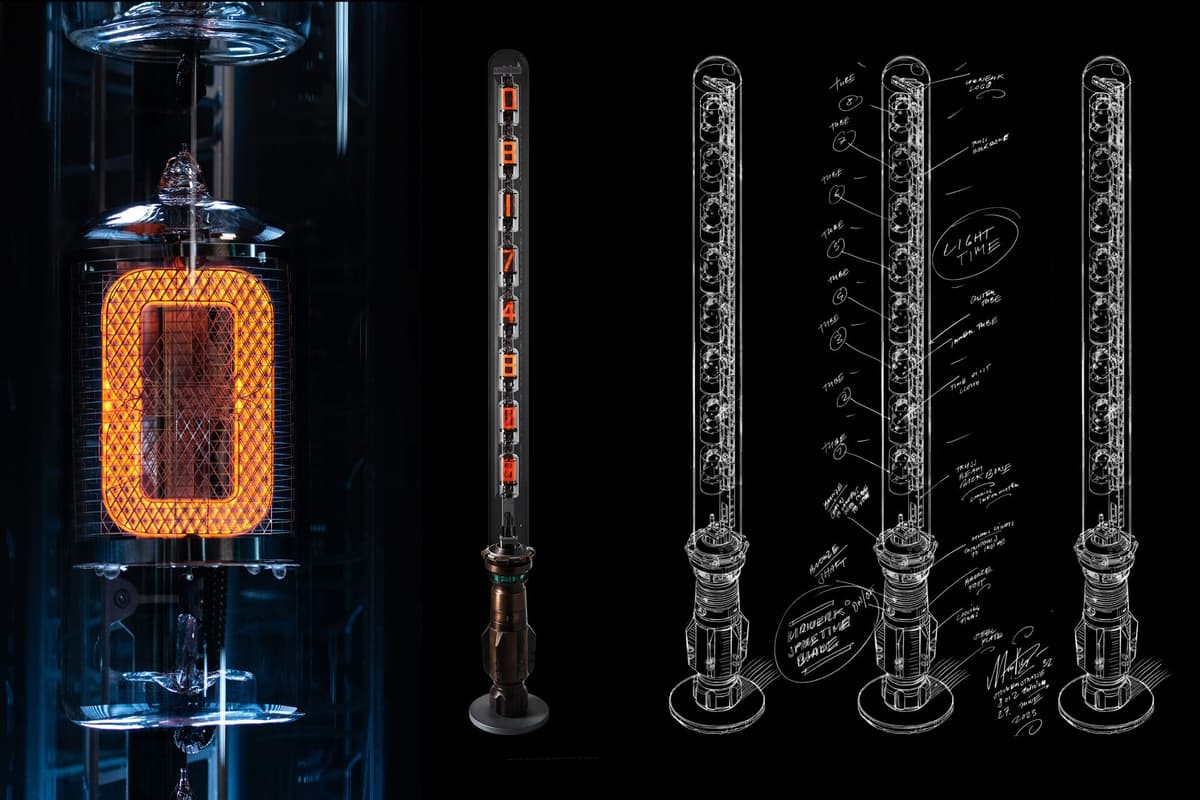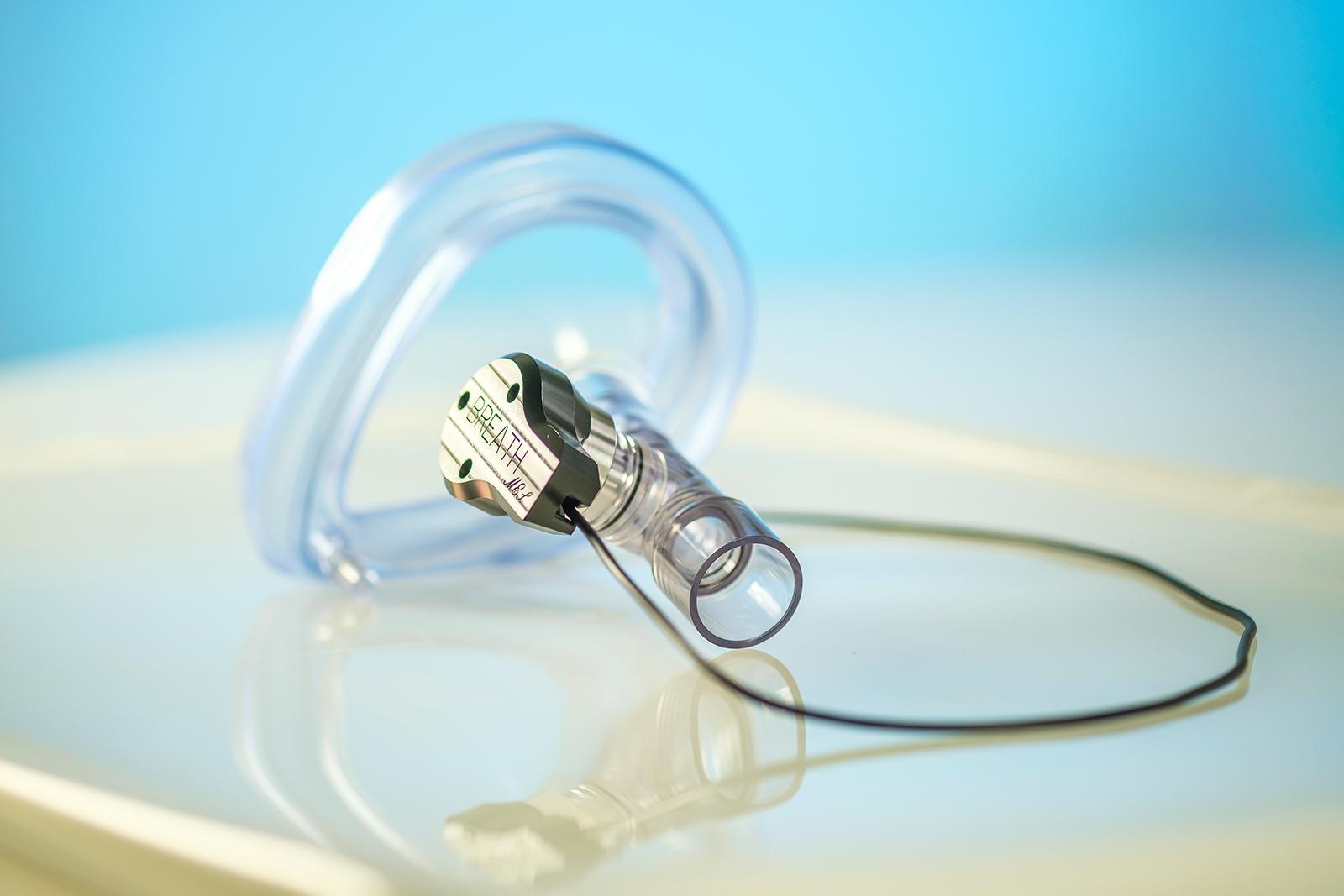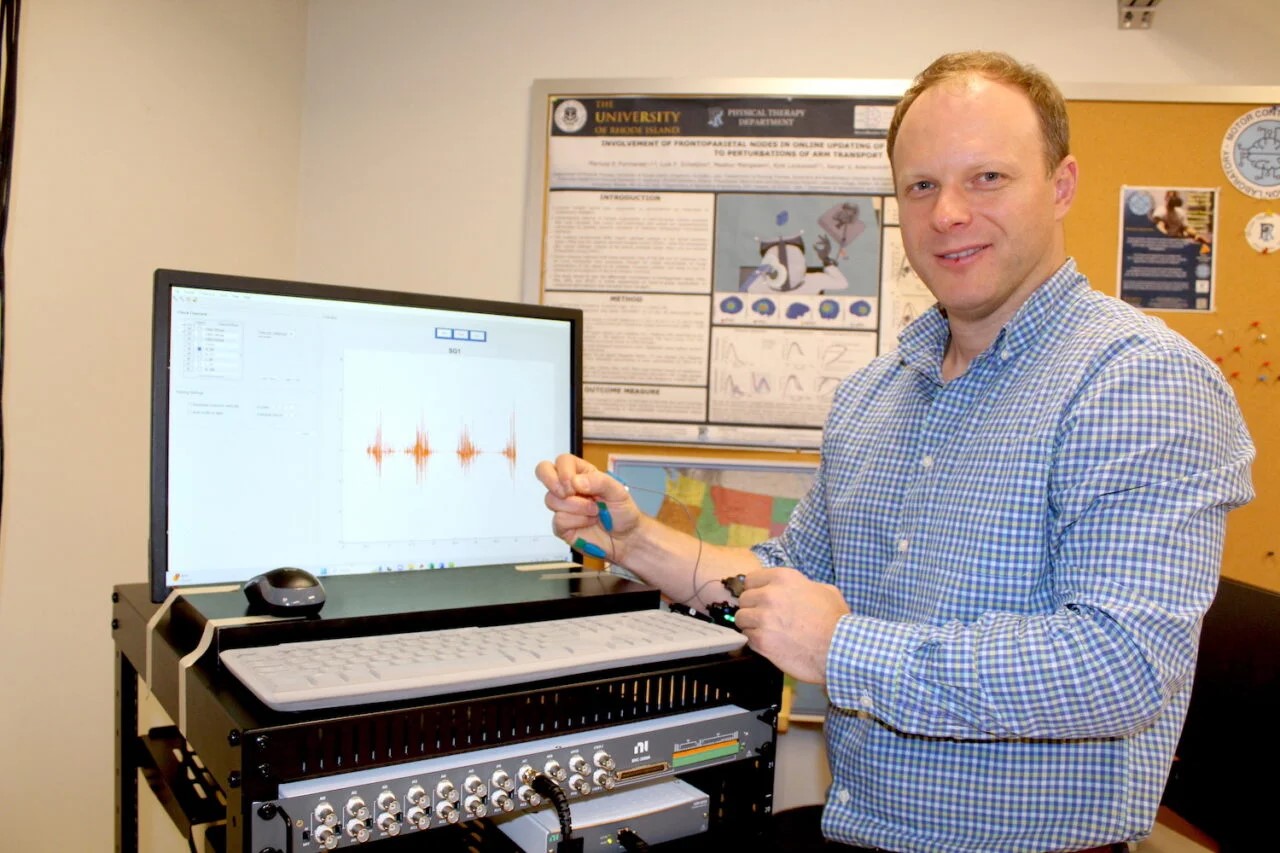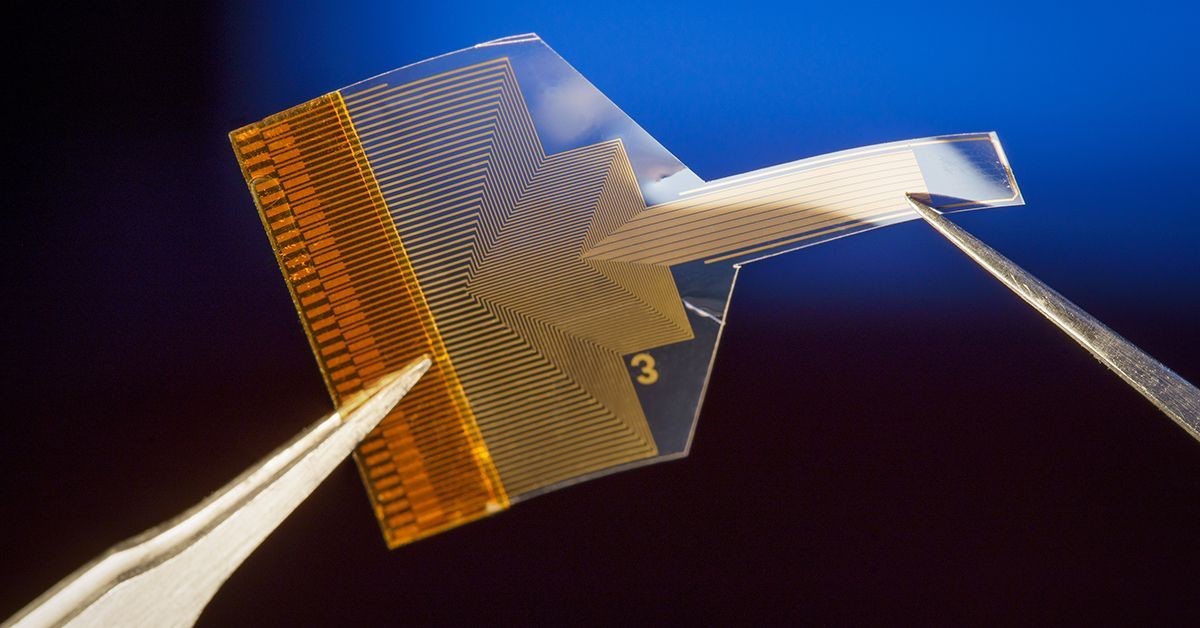MIT's Breakthrough: Nanoparticle Sensors Revolutionize Lung Cancer Diagnosis
In a groundbreaking development at MIT, a revolutionary technology promises to simplify the diagnosis of lung cancer, potentially making it as easy as inhaling nanoparticle sensors and taking a simple urine test. The method, based on nanosensors delivered through inhalers or nebulizers, has the potential to replace or complement the current standard for lung cancer diagnosis, low-dose computed tomography (CT). This innovation is particularly significant for low- and middle-income countries with limited access to CT scanners.
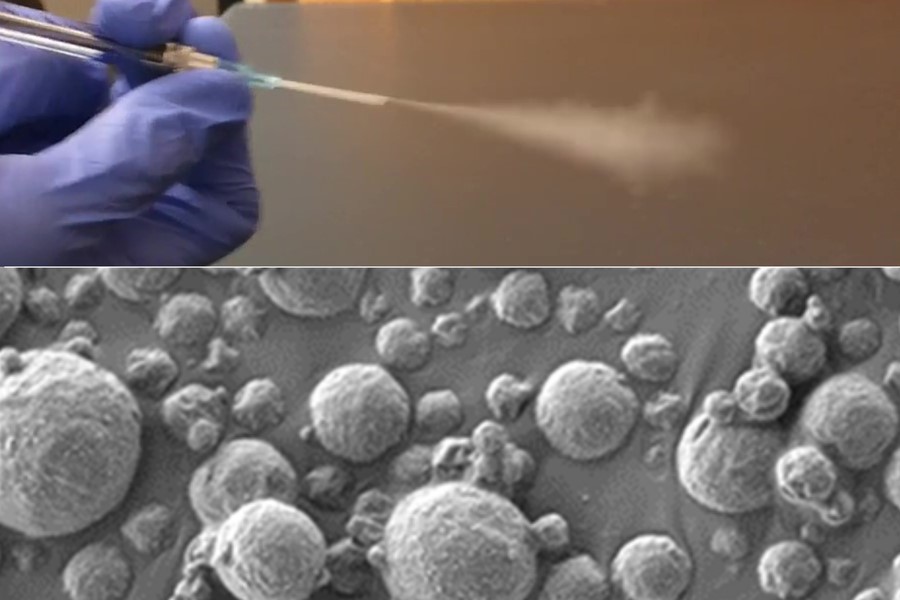
Figure 1. Proposed Method. (Credit: MIT)
Figure 1 shows MIT engineers have designed diagnostic particles that can be aerosolized and inhaled. At bottom is a scanning electron micrograph of the particles, which are coated with nanosensors that interact with cancer-associated proteins in the lungs.
The lead author of the study, Sangeeta Bhatia, a professor at MIT, explains that the global rise in cancer, particularly in areas affected by pollution and smoking, underscores the need for accessible diagnostic technologies. The nanosensors, coated with a DNA barcode, are designed to detect cancer-linked proteins in the lungs. If cancer-related proteases are present, the sensors produce a signal that accumulates in the urine. The presence of this signal can be easily detected using a paper test strip.
The current method of diagnosing lung cancer involves annual CT scans for heavy smokers over 50. However, this approach has limitations, including a high rate of false positives leading to unnecessary invasive tests. MIT's nanosensor technology aims to address these challenges by providing a highly specific and sensitive method that is more accessible.
The researchers created two formulations of the particles—one for aerosol delivery via a nebulizer and another as a dry powder for inhaler use. This flexibility enhances the feasibility of deploying the technology in resource-limited settings. The particles, once in the lungs, encounter overactive proteases in tumors, triggering the release of DNA barcodes that eventually accumulate in the urine.
To ensure accessibility, the researchers replaced the mass spectrometry method with a lateral flow assay, allowing for the detection of DNA barcodes using a simple paper test strip. The strip, designed to detect up to four different DNA barcodes, can provide results within 20 minutes without the need for sample processing.
In initial tests on genetically engineered mice with lung tumors similar to those in humans, the researchers identified a combination of four sensors that accurately detected early-stage lung tumors. While further studies on human biopsy samples are needed, the researchers believe their technology could offer a dramatic improvement in lung cancer screening, especially in regions with limited access to CT scanning.
The long-term goal includes conducting clinical trials in human patients, with the potential to usher in a new era of efficient and accessible lung cancer screening, ultimately enabling early intervention for improved patient outcomes.
Source: Massachusetts Institute of Technology
Cite this article:
Hana M (2024), MIT's Breakthrough: Nanoparticle Sensors Revolutionize Lung Cancer Diagnosis, AnaTechMaz, pp. 252


